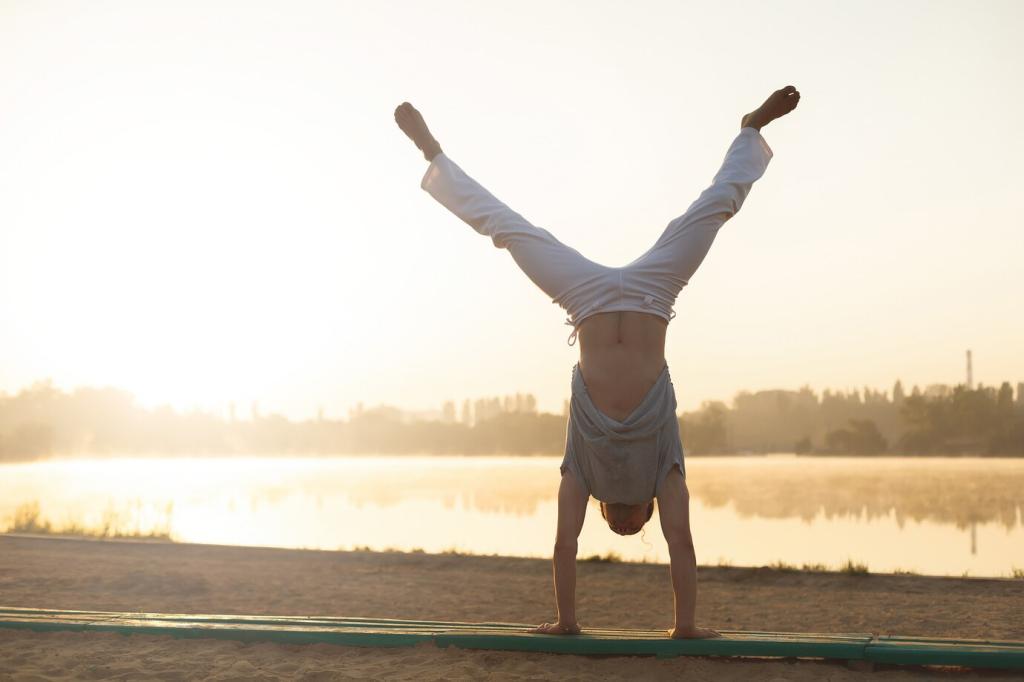Backbends for a Resilient, Elastic Spine
Press pubic bone down, draw shoulder blades in and down, and lift the chest with minimal hand pressure. Think length before height. After eight breaths, notice warmth along the front body and tell us where you felt the smoothest opening.
Backbends for a Resilient, Elastic Spine
Feet parallel, knees tracking forward, and hamstrings active. Lift hips while knitting ribs slightly. Interlace hands beneath you or hold a block. Observe how quads lengthen and chest expands, then share whether breath felt deeper post-release.
Backbends for a Resilient, Elastic Spine
Stand on knees, tuck toes for more height, and support hands at the sacrum. Lengthen through sternum before exploring the arc. Exit slowly and notice the rebound. Comment if thigh-opening cues made your upper back participate more willingly.


